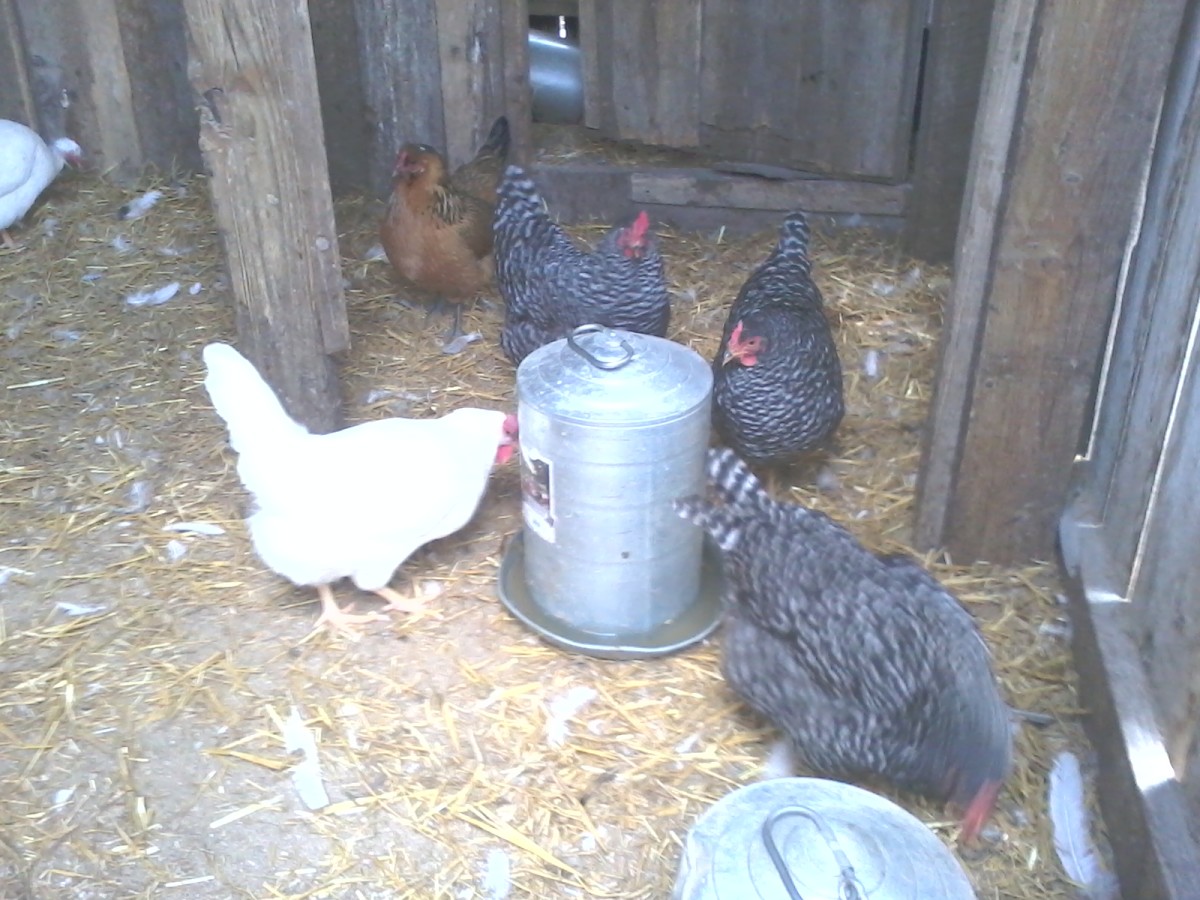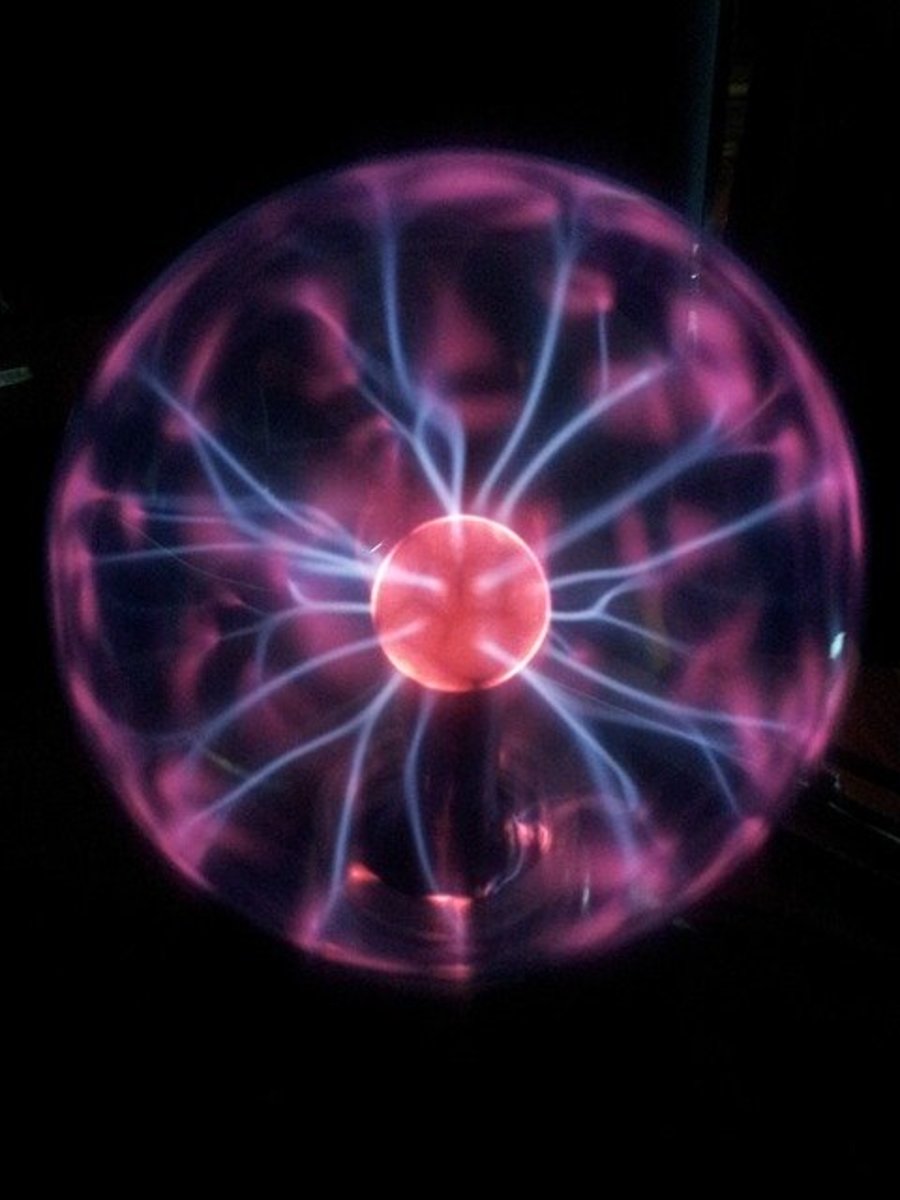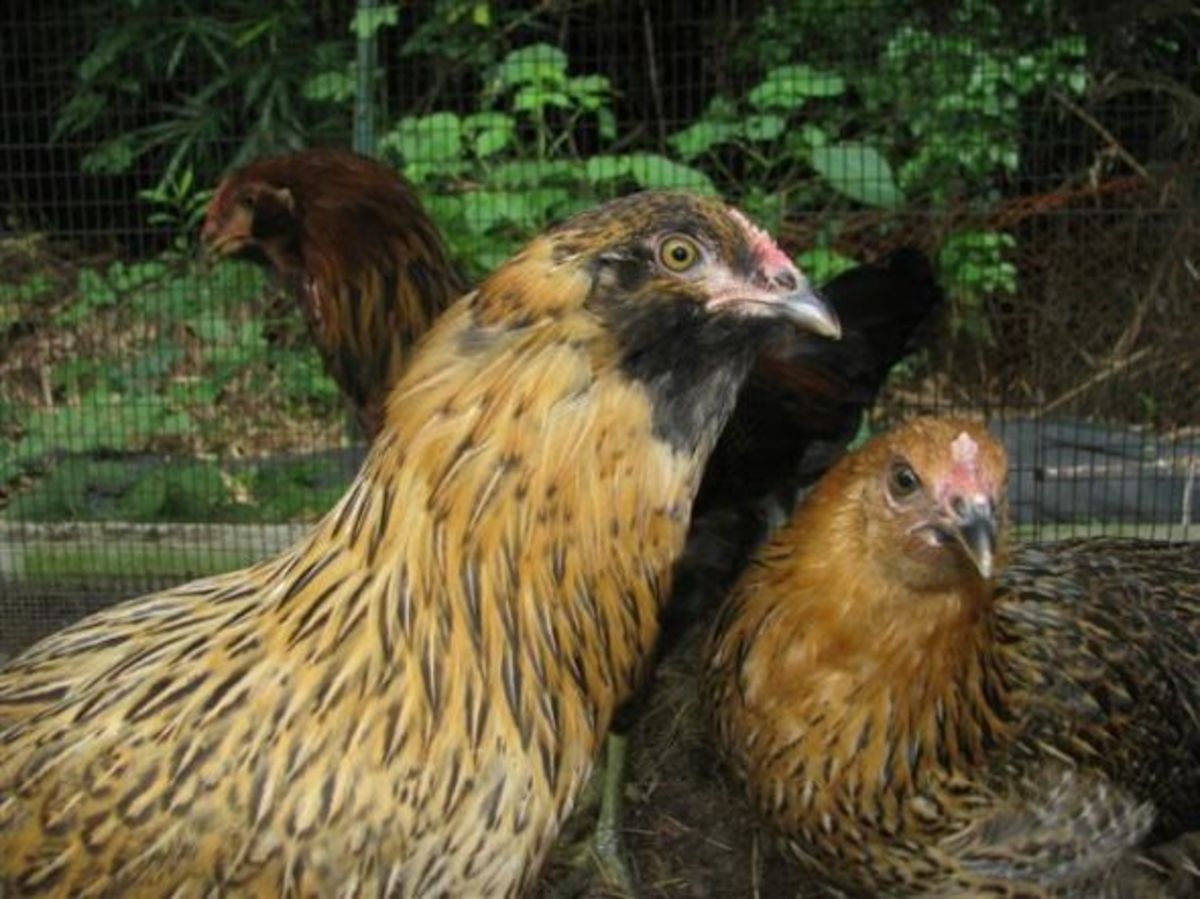How to Raise Quails
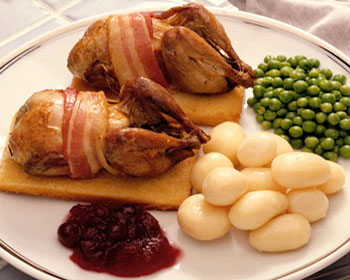
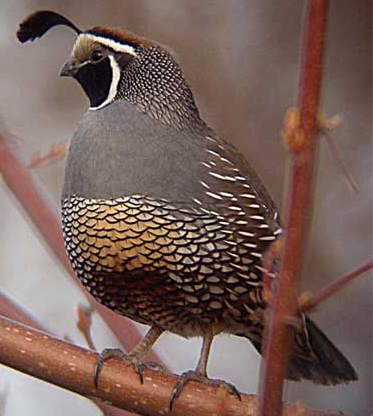
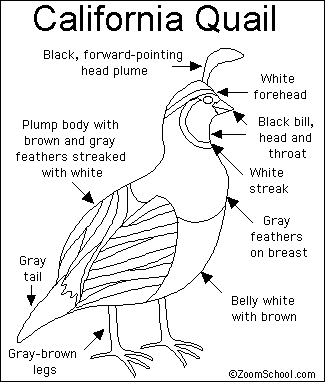
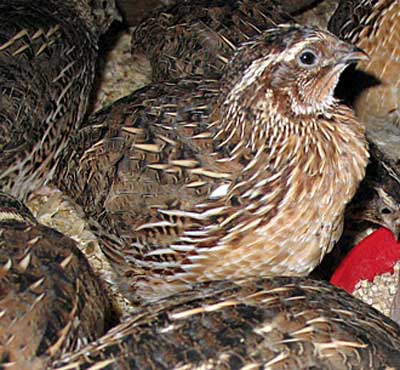
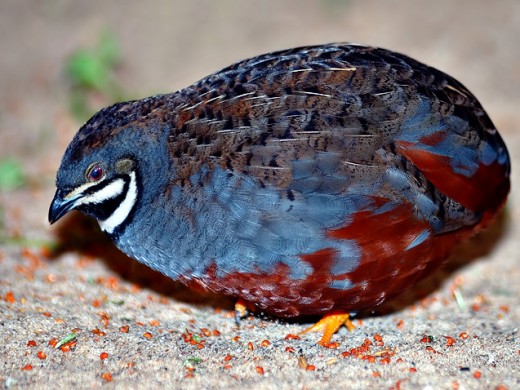
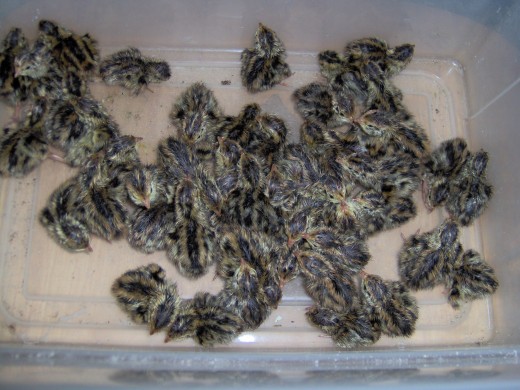
Quail raising is really in demand. I’ve interviewed local quail raisers during my radio stint and found out that quails are easy to manage and have good laying performance. However, people in the country often rely on raising chickens because they don’t have to buy feeds for them, whereas they will spend much money on raising quails. We used to catch the wild quails when raining because they cannot fly higher and just hide themselves on the ground.
It’s opposite in the city where you have only minimal space. Aside from dogs and cats as pets, some city dwellers or residents try quail raising and rely their additional income to it. They said it is really productive.
Let’s begin to raise quails
There are two kinds of quails. The two breeds suitable for quail raising are the “Japanese” quail (Coturnix japonica) and the “American” quail (Coturnix coturnix).
It is ideal to start with quail pullets or quail chicks about a month or 35 days old that are uniform in sizes. The male birds can already be identified by the dark brown color of the breast feather. Avoid buying birds with streak of white or black feathers because these are possible signs of inbreeding. The seller will or should provide the record of parent stock for assurance of the quality of initial stock.
A beginner like us can start with 10-15 pullets or young quails.
Let’s make the cage for the quails
Materials include plywood, ¼ inch mesh wire and 1”x1” lumber to serve as framework.
Space requirement at chick stage (1-15 days old) is 2.5” per bird for both Japanese and American breeds. So if you have 10-15 pullets, the space required should total into 20.5” up to 39.5”.
At growing stage (16-35 days old) is 3”x3”/bird is recommended for the Japanese breed while 3.5”x3.5”/bird for the American breed. Total space will be 30”x30” for Japanese quails and 52.5”x52.5” for American quails.
During the laying stage (36 days old and up), space requirement is 3.5”x3.5”/bird for the Japanese and 4.5”x4.5”/bird for the American breed.
The cages should not be too high. Providing large space for the birds can lead to injuries because of too much movement. A 5” or 6” height is enough to accommodate the birds. Construct the cages (for three stages) in well-ventilated areas.
Remember the temperature
Remember the three cages you’ve made: chick stage, growing stage and laying stage.
For first 5 days, the required temperature is 95 F. This may be reduced down to 85 F on the 10th day. A 50-watt bulb is needed to provide heat to the chicks inside the brooding cages.
Growing cages should be ready after 15 days in the brooding or chicks cages. Exposure to light should be limited to 12 hours per day. They should have sufficient sleep during this stage in order for the quails to grow uniformly.
Note: Small ones should be disposed or separated. The average mortality rate at the start of the growing period up to 35 days is 1%-4%.
Male quails are darker in color especially on the breast feather. At this stage, female birds can be segregated and transferred to the laying cages. It is not advisable to mix male birds to the laying cages unless fertile eggs are to be produced.
The remaining birds can be fattened for additional 25 days. These are dressed (cleaned) and sold as broilers. During the fattening period, light should be restricted from 6-8 hours a day to improve meat quality.
The crude protein requirement requirements are 28%, 24% and 26% at its chick, grower and layer stages, respectively.
Other factors to be considered
Egg laying starts on the average of 45 days from hatching. The production cycle lasts for 300-320 days. During this stage, maintain a steady supply of fresh and clean water. Extra light up to midnight may be given to allow the birds to consume feeds.
Quail manure has high ammonia content due to the high protein level in quail feeds. It should be removed daily to avoid discomfort to the birds. A manure receptacle should be placed under the cage.
Chicken feeds are not advisable to feed the quails. It will result to high mortality rates and uneven growth. It can also result to stoppage of laying eggs.
High laying efficiency is equals to correct consumption of protein in every level. Chick stage-7g/day (Japanese), 10 g/day (American); for growing stage 17 grams -32 grams; and laying stage 23 grams-45 grams per day.
Health maintenance should be considered from day one until the maturity of the quails. There is no known morbid disease affecting them except respiratory disorder with very low mortality rate. Proper sanitation should be observed and followed with regular cleaning and disinfection. Vitamin premix can be added to drinking water to promote growth and improve laying performance.
Marketing eggs should have the availability of market outlets. This will ensure the regular orders of quail eggs. For small-scale/backyard raising, eggs can be placed in a basket and marketed fresh. Large-scale operation requires cartoon boxes with special dividers to avoid breakage of the eggs.
Storing the eggs in a cool dry place with proper air circulation can keep the eggs fresh for seven days.
Broilers, on the other hand, are treated as secondary product in quail raising Dressed birds are chilled and sold by the dozen or kilo. Restaurants, especially those that promote French cuisine fancy the meat of quail broilers for a special menu called quail souffle.
Male quails can also be sold, as well as the feathers and dung for additional income.
So, are you ready for this kind of livelihood? Please comment.
American Quail Raising
Filipino Dish on Quail Eggs
More Guide to Raising Quail
- A Guide to Raising Quail
Backyard hobbyists, gamebird enthusiasts and hobby farmers have been raising quail for thousands of years. Quail are small gamebirds that are used for eggs and meat. In fact, quail meat and quail eggs are... - Raising Quail Birds is not so bad
Many parents avoid the quail topic every time it is brought up by their children. This is because the first thing that comes to their minds is the high cost of raising quail birds, the amount of work required during raising these birds and the time.. - A Tale Of Two Chinese King Quails - How To Raise Qua...
Hello, I am Mr Quail. I am the bird on the right with blue feathers. My lovely wife Mrs Quail had dark brown feathers and she had been pretty cranky these few weeks because she was having babies.



